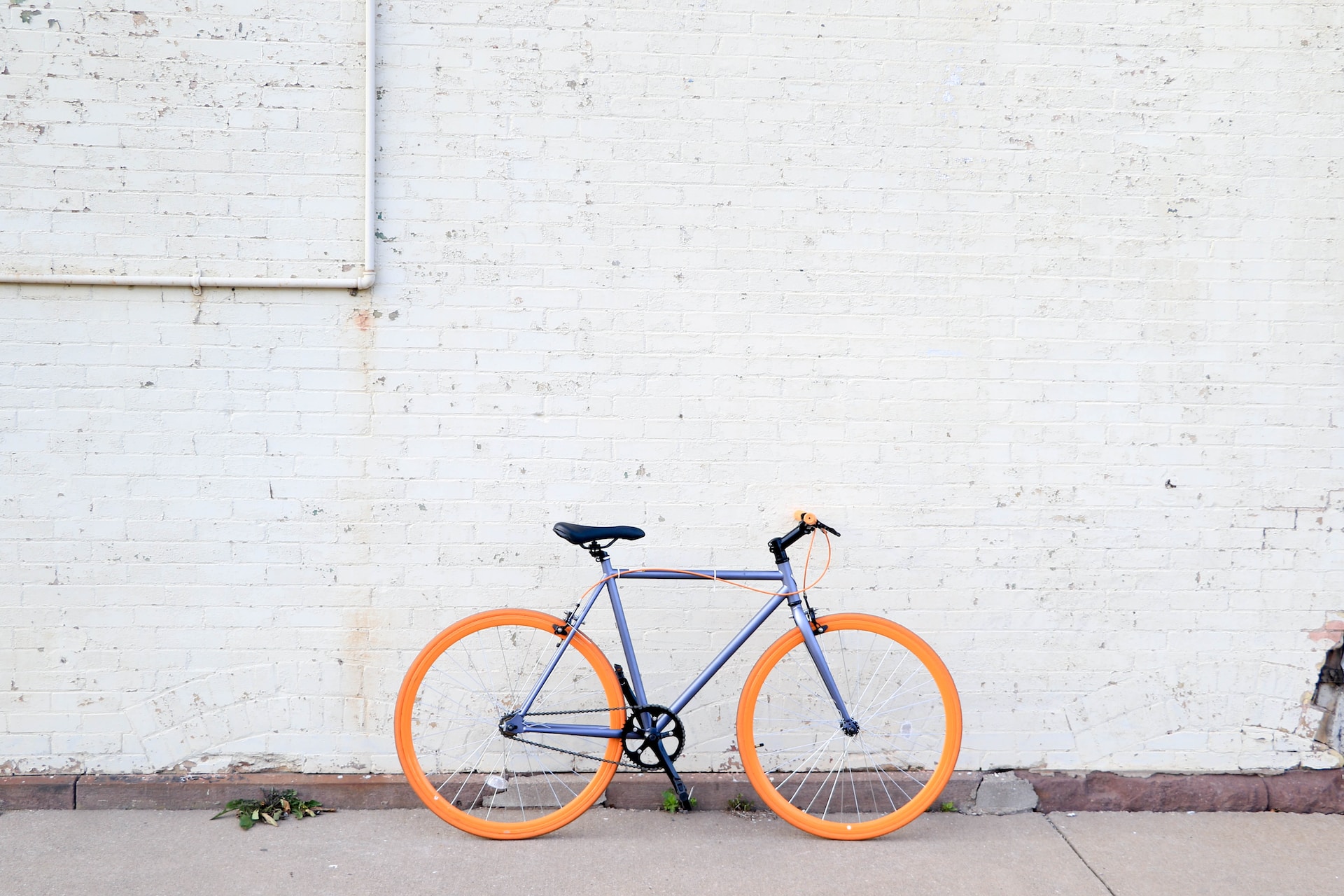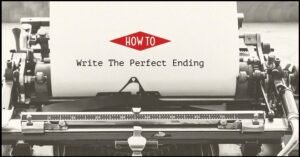
When it comes to personal mobility and fitness, nothing beats the timeless appeal of a bicycle. Whether you’re pedaling through a bustling cityscape or trudging up a winding country trail, every ride is an adventure waiting to happen. But with a vast cornucopia of styles, models, and features flooding the market, finding the perfect bicycle for your needs can often seem like an uphill climb. The right bicycle is more than just a means of transportation; it’s an extension of your personality and a testament to your lifestyle. It’s important to consider not just where you’ll ride, but also how often and what you want from the experience. Opting for the right bicycle isn’t just about comfort and style; it’s about maximizing your performance and ensuring your safety on the road or trail. This guide is designed to help you navigate the intricate world of bicycles, providing you with the knowledge you need to choose a bike that complements your riding style and satisfies your adventurous spirit. Whether you’re a seasoned cyclist or a beginner just starting your journey, understanding your needs, preferences, and goals is the key to finding your perfect bicycle.
Understanding Different Types of Bicycles
When choosing a bicycle, it’s important to understand the different types available, as each is designed with specific terrain and use in mind. Road bikes, as the name suggests, are perfect for smooth pavements and long-distance riding at high speeds. They’re typically light and aerodynamic, but they might not be as comfortable or stable as other types of bikes on bumpy roads or trails. Mountain bikes, on the other hand, are built for off-road use with shock-absorbing features and larger, treaded tires for better traction and control. Hybrid bikes offer a balance between road and mountain bikes, making them a versatile choice for those who need a bike for various types of terrain. There are also specialized bikes, like BMX and touring bikes, designed for specific activities or adventures. By identifying your preferred riding conditions and performance expectations, you’ll be equipped to select the type of bicycle that best aligns with your needs.
Know The Size You Need
Just like shoes, bicycles come in different sizes to accommodate riders of all heights and body types. Riding a bike that’s too small or big for you can result in discomfort, fatigue, and even injuries. When choosing the perfect size, consider both your height and inseam measurement; the latter is the distance from your crotch to the ground when standing with your feet apart. When wondering what size bike you need, you will find that most bike manufacturers provide size charts to help you identify the right fit. However, it’s always best to try out a few different sizes and make adjustments as needed before making a purchase. Perhaps the most important thing to remember is that a proper fit is essential for your comfort and safety while riding.
Considering Your Bicycle Budget

Before you dive headfirst into the sea of bicycle options, it’s crucial to consider your budget. The cost of bicycles can vary greatly, from budget-friendly models that offer basic functionality to high-end, performance-driven bicycles with superior materials and advanced features. When setting your budget, remember to consider the cost of potential accessories and maintenance. Helmets, lights, locks, and regular tune-ups can add up. It’s worth noting that investing in a higher-quality bicycle now can save you money in the long run as they often require fewer repairs and last longer. Determining your budget will not only help you narrow down your options, but it will also prevent you from overspending. While it’s tempting to go for the shiny, top-tier models, remember that the best bicycle for you is one that meets your specific needs and fits within your financial means.
Test Ride Before You Buy
Taking a potential bike for a test ride is an invaluable part of the buying process. It’s during this ride that you’ll be able to assess if the bike fits you well, feels comfortable, and suits your riding style. During your test ride, pay attention to how the bike handles, how responsive the brakes are, and whether the gears shift smoothly. Remember, what might feel comfortable in the first few minutes might not after half an hour, so try to take an extended test ride if possible. This hands-on experience can greatly influence your decision and help you choose the perfect bicycle for your needs.
A good idea when test riding is to mimic the conditions you’ll be riding in. If you plan on using your bike primarily for city commutes, take it for a spin on some busy streets and see how it handles traffic. If you’re looking for a mountain bike, find some off-road trails or bumps to test its suspension and traction. Consider bringing a friend or family member with cycling experience along to provide an objective opinion and offer some feedback.
Maintain Your Bicycle for Long-Term Use

Once you’ve chosen the perfect bicycle, maintaining it properly is crucial for long-term use and performance. Regular cleaning and servicing are essential aspects of bike maintenance. Use a gentle brush and soapy water to clean away dirt and grime, especially on the chain and gears. Lubricate the chain regularly to ensure smooth rotation and prevent rusting. Regularly check your tires for wear and tear and keep them properly inflated according to the manufacturer’s guidelines. It’s also important to periodically check and adjust your brakes for optimal stopping power. If you live in a rainy area, be sure to dry off your bike after rides to avoid rusting. If you’re feeling uncertain about any aspect of bike maintenance, why not leave it to the pros for a tune-up? Taking proper care of your bike guarantees not only a safer ride but also extends the lifespan of your trusty steed, transforming it into a lasting investment.
Choosing the perfect bicycle is an exciting journey that requires thoughtful consideration. The right bicycle for you largely depends on your riding style, the type of terrain you plan to tackle, the size that fits you best, your budget, and your long-term maintenance commitment. Remember, there’s no one-size-fits-all solution in the world of cycling. Each rider is unique, and the perfect bike will vary from person to person. Don’t rush the process; take your time to understand your needs, conduct detailed research, and take potential bikes for a test ride. It’s always worth investing the necessary time and resources to find a bicycle that not only complements your adventurous spirit but also ensures your comfort and safety. Knowing how to choose the perfect bicycle for your needs is the first step towards a lifetime of cycling enjoyment.




